Past talks 2020/21
Past talks
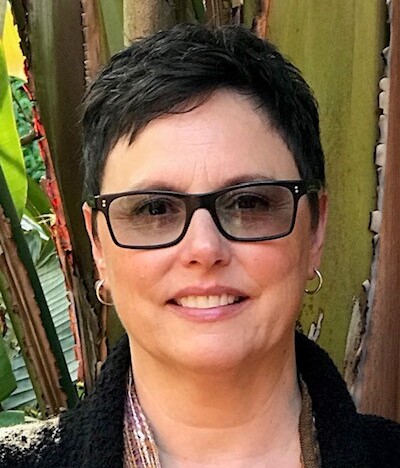
Tuesday 31st August, 17.00 via Zoom
The role of the basal ganglia - superior colliculus circuit in perceptual decision making.
Prof. Michelle Basso
The University of California, Los Angeles, USA
Perceptual decisions arise after considering the available sensory evidence. When sensory information is unreliable, a good strategy is to rely on previous experience in similar situations to guide decisions. What brain areas are involved in how people combine past experience and sensory information to make perceptual decisions is unknown. We developed a novel, perceptual decision-making task and manipulated the statistics of the sensory stimuli presented to people with Parkinson’s disease (PD), a neurodegenerative disease involving the basal ganglia and healthy participants to determine the influence of past experience on decision-making. We discovered that people with PD are impaired at combining previously learned information with current sensory information to guide decisions. We modeled the results using the drift-diffusion model (DDM) and found that the impairment corresponds to a failure in adjusting the amount of sensory evidence needed to make a decision. These results led us to explore how decision thresholds are established in the brain. To understand this, trained monkeys performed different decision-making tasks, involving detection as well as discrimination. Applying a signal detection theory analysis as well as computational modeling of behavioral data using the DDM, we found strong evidence that the superior colliculus, a brainstem structure that received strong modulatory input from the basal ganglia, plays a causal role in perceptual decision making by regulating how evidence is computed for form decisions.
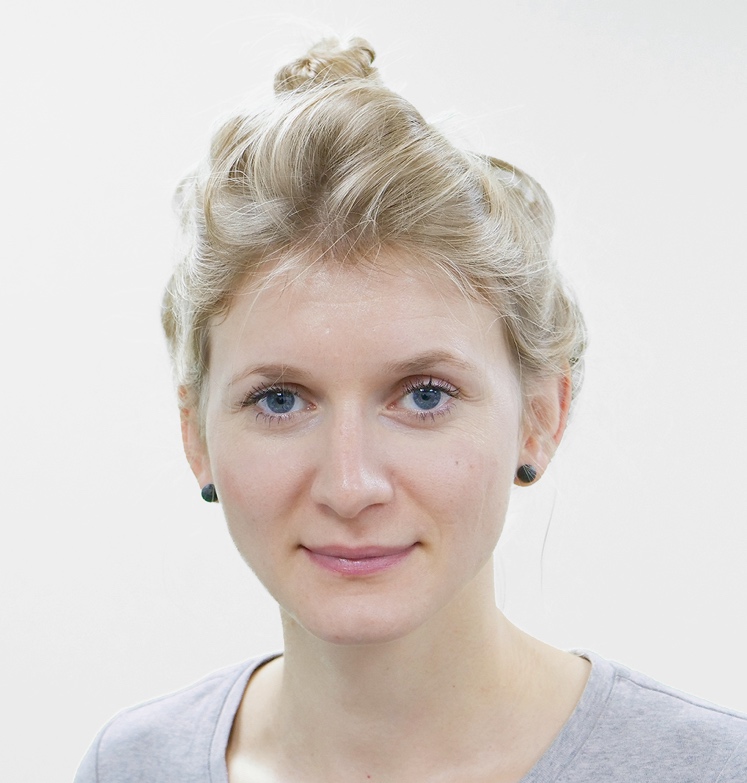
Tuesday 13th July, 16.00 via Zoom
The AI Neuroscientist – a new imaging framework combining real-time fMRI and machine learning with applications in health and disease.
Dr. Romy Lorenz
University of Cambridge, Stanford University and the Max Planck Institute for Human Cognitive & Brain Sciences
Cognitive neuroscientists are often interested in broad research questions, yet use overly narrow experimental designs by considering only a small subset of possible experimental conditions. This limits the generalizability and reproducibility of many research findings. In this talk, I present an alternative approach, “The AI Neuroscientist”, that resolves these problems by combining real-time fMRI with a branch of machine learning, Bayesian optimization. Neuroadaptive Bayesian optimization is an active sampling approach that allows to intelligently search through large experiment spaces with the aim to optimize an unknown objective function. It thus provides a powerful strategy to efficiently explore many more experimental conditions than is currently possible with standard neuroimaging methodology. Alongside methodological details on non-parametric Bayesian optimization using Gaussian process regression, I will present results from three different studies where we applied the method to: (1) better understand the functional role of frontoparietal networks, (2) map cognitive dysfunction in aphasic stroke patients, and (3) tailor non-invasive brain stimulation parameters to a particular research questions. I will conclude my talk in discussing how Bayesian optimization can be combined with study preregistration to cover exploration, mitigating researcher bias more broadly and improving reproducibility.
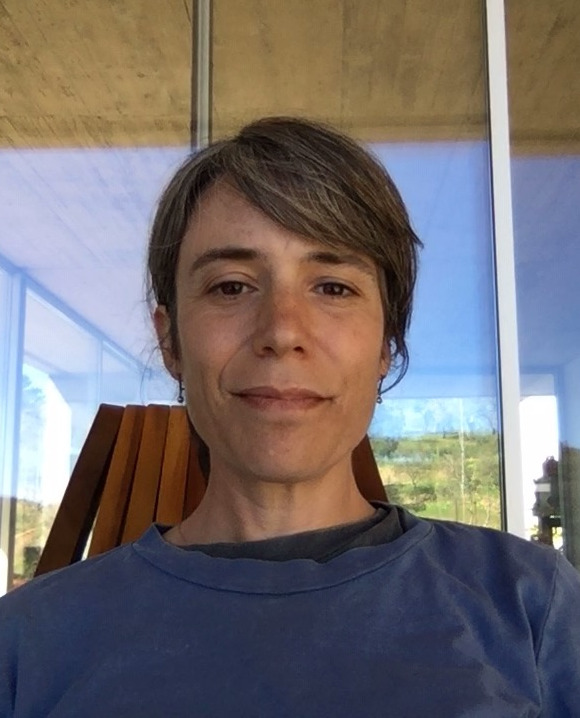
Tuesday 15th June, 17.00 via Zoom
Neural circuits controlling sexual behaviour
Dr. Suzana Lima
Champalimaud Neuroscience Programme, Lisbon, Portugal
Sex is intrinsically rewarding but can also be costly, by increasing the risk of predation or infection. Therefore, it is not surprising that natural selection reinforced mechanisms that underlie the execution of species-specific copulation patterns, ensuring that they are initiated when fertilization is most likely, and inhibited after consummation. In many species, this is achieved by placing ovulation and sexual receptivity under the control of sex hormones in females, and by the establishment of a refractory period after ejaculation in males. We study female and male sexual behavior, using the mouse as model system and employing a combination of electrophysiological and genetically encoded imaging and anatomical tools to understand how the coordinated activity of different neuronal populations underlies the flexible, state dependent control of this fundamental behavior.

Tuesday 18th May, 16.00 via Zoom
Turbulence-like dynamics in the human brain
Prof. Gustavo Deco
Universitat Pompeu Fabra, Barcelona, Spain
Turbulence is a special dynamical state driving many physical systems by way of its ability to facilitate fast energy/information transfer across scales. These qualities are important for brain function, but it is currently unknown if the brain also exhibits turbulence as a fundamental organisational principle. Using large-scale neuroimaging data from 1003 healthy participants, we demonstrate both empirically and through the use of a computational whole-brain model that human brain dynamics is organised around a turbulent homogeneous isotropic functional core. We show the economy of anatomy of this functional core following the exponential distance rule of anatomical connections as a cost-of-wiring principle, which displays a turbulent-like power scaling law for functional correlations in a broad spatial range suggestive of a cascade of information processing. Further investigating this, we use the theory of turbulence in coupled oscillators in a whole-brain model to demonstrate that the best fit of our model to the data corresponds to a region of maximally developed amplitude turbulence, which also corresponds to maximal sensitivity to the processing of external stimulations (information capability). This establishes a firm link between turbulence and optimal brain function. Overall, our results reveal a novel way of analysing and modelling whole-brain dynamics that for the first time ever establishes turbulence as a fundamental basic principle of brain organisation.
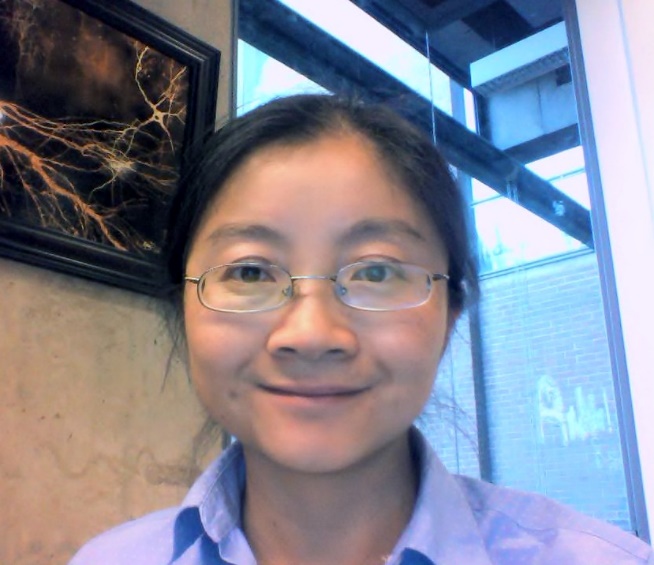
Tuesday 20th April, 17.00 via Zoom
The roles of the caudate nucleus in reward-biased visual decisions
Dr. Long Ding,
Department of Neuroscience, University of Pennsylvania, USA
Decision making is a complex process that interprets sensory information within the context of reward contingency, task goal and intrinsic bias, etc. How and where this process is implemented in the brain remain unclear. The basal ganglia have been shown to contribute causally to reward-based economic decisions and to noisy sensory evidence-based perceptual decisions, leading to the hypothesis that sensory and reward information may be combined within the basal ganglia to support decision formation. In my talk, I will present our new results on how the caudate nucleus encodes combined signals at the single-neuron level and how disruption of caudate activity influences decision performance. These results further support the idea that the basal ganglia are a key player in the complex decision process.

Tuesday 30th March, 16.00 via Zoom
Neural circuits of the serotonin system: from anatomical connectivity to activity dynamics during behavior
Dr. Iskra Pollak Dorocic
Stockholm University, Sweden
The neuromodulator serotonin plays a central role in many brain functions: from homeostatic regulation to complex functions in psychiatric disorders. However, it has been challenging to understand the precise role of serotonin in behaviors relevant to mood disorders such as depression and the mechanism and efficacy of selective serotonin reuptake inhibitors (SSRIs) still remains unclear. There is a need to understand the system on a neural circuit level and integrate connectivity, neurochemical, physiological, and behavioral functions.
Using viral-genetic tools in transgenic mice, we can directly target serotonin neurons to map their brain-wide connectivity and link their activity to defined behaviors. In this talk I will describe studies of neural circuits of the serotonin system which: 1) reveal the anatomical architecture of whole-brain connectivity of the system using retrograde transsyaptic tracing, 2) define the cell-type heterogeneity within the main serotonergic nucleus and its connectivity with the rest of the brain, and 3) record and manipulate real-time activity dynamics of serotonin neurons in vivo during complex reciprocal social behaviors.

Friday 26th Ferbuary, 16.00 via Zoom
Molecular mechanisms underlying social behaviors
Dr. Hannah Hörnberg
Max-Delbrück-Centrum für Molekulare Medizin (MDC) in Berlin, Germany
The complex clinical and genetic variability of autism spectrum disorder (ASD) has made the development of new treatments challenging. To overcome the large heterogeneity, one way forward is to focus on the biology underlying specific symptoms to develop a more targeted treatment approach. This requires a better understanding of the cellular and molecular mechanisms of specific symptoms, and how they are affected by genetic or environmental factors associated with ASD. In this talk, I will describe how we use genetic mouse models to investigate the biological pathways underlying the social symptoms associated with autism. I will demonstrate how a combination of behavioral, circuit-tracing and manipulation, and biochemical tools can be used to identify circuit-specific molecular mechanisms linked to specific behaviors, and how we can leverage this information to identify new treatment approaches. Focusing on shared biological mechanisms underlying specific symptoms may help identify biomarkers or pharmacological targets for a more personalized medicine approach.

Tuesday 26th January, 17.00 via Zoom
Towards optogenetic cochlea implants
Dr. Marcus Jeschke
Institute for Auditory Neuroscience and InnerEarLab, University of Göttingen Medical Center, Germany;
Auditory Neuroscience and Optogenetics Group and Cognitive Hearing in Primates Group, German Primate Center, Göttingen, Germany;
Disabling hearing loss affects a large number of people worldwide and is partially restored by electrical cochlear implants which directly stimulate the auditory nerve. Electrical cochlea implants provide the majority of users with open speech comprehension in quiet. Nonetheless, limitations linked to the poor frequency resolution of electrical stimulation caused by the large current spread around each electrode contact remain. In contrast, optogenetic cochlea implants promise greatly enhanced frequency resolution as light can be conveniently confined in space and as a consequence might offer a fundamental improvement for hearing rehabilitation.
In this presentation I will summarize our work towards the development of optogenetic cochlea implants. In rodents, four major milestones could be achieved. First, we established proof of principle of optogenetic manipulation of spiral ganglion neurons and successful stimulation of the auditory pathway. Second, we determined the presence of an optogenetically evoked percept in behavioral experiments. Third, we could demonstrate higher spatial selectivity of optogenetic stimulation vs. clinical state-of-the-art monopolar and bipolar electrical stimulation. Fourth, together with collaborators we established multi-channel optical cochlea implants for acute and chronic optical stimulation.
I will further provide an overview of our efforts towards eventual clinical translation establishing behavioral and electrophysiological experiments with electrical cochlea implants in non-human primates as well as investigating gene transfer of optogenetic constructs into the primate cochlea.
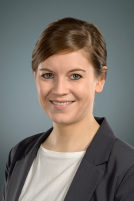
Thursday 17th December, 17.00 via Zoom
Amygdala microcircuits for associative learning – Illuminating the function of deep brain circuits with optical methods
Dr. Sabine Krabbe, DZNE, Bonn, Germany
Learning and memory are fundamental neuronal processes that are essential for behavioural adaptations in an ever-changing environment. Mechanisms of memory formation are critically shaped by dynamic changes in the balance of excitatory and inhibitory neuronal circuit elements. Although local inhibitory interneurons only represent a minority of the cells in most brain areas, they can tightly regulate the activity and plasticity of excitatory projection neurons in a spatially and temporally precise manner. In this talk, I will demonstrate how we combine deep-brain imaging and optogenetics in freely behaving mice with neural circuit tracing approaches and electrophysiology to address interactions of distinct amygdala interneurons, and how this disinhibitory interplay affects plastic changes of neighbouring projection neurons to gate learning and behavioural adaptations.

Thursday 19th November, 17.00 via Zoom
Evolution of Language and Cognition: Perspectives from Primate Neural Systems
Prof. Christopher Petkov, Newcastle University, U.K.
How the human brain specialized for language and cognition is a fundamental question for the brain sciences, because it touches upon two issues: what makes us unique and what aspects of our cognition we share, and can thus be realistically neurobiologically modelled, with nonhuman animals? In this talk, I first consider new evidence from structural and effective connectivity studies in human and nonhuman primates, leading to a different way of thinking about how the human language system evolved. I then overview behavioral, neuroimaging and neurophysiological results using Artificial Grammar Learning tasks with monkeys and humans, including presenting work with patients that have Broca’s aphasia using tasks that nonhuman primates can conduct. I conclude by discussing the new possibilities of neurobiological work with primate models for aspects of cognition often thought to be directly linked to and unique to humans and language.
Thursday 09th July, 11.00, Building 91 (IBIO), Room 001
On the fly. Principles of Tiredness and Memories.
Dr. David Owald, Charité - Universitätsmedizin Berlin
Animals need to integrate sensory information with internal states (such as hunger or tiredness) with acquired memories to reach informed decisions on what to do next. Our work addresses neural correlates of olfactory learning and internal state coding in the genetically tractable organism Drosophila melanogaster. Using methods to interrogate neurophysiological circuit and molecular synaptic mechanisms in the context of animal behaviour, our recent work sheds light on evolutionarily conserved principles that underly oscillatory network activity signalling sleep drive and the molecular receptor logic underlying memory-relevant plasticity of cholinergic synapses.
